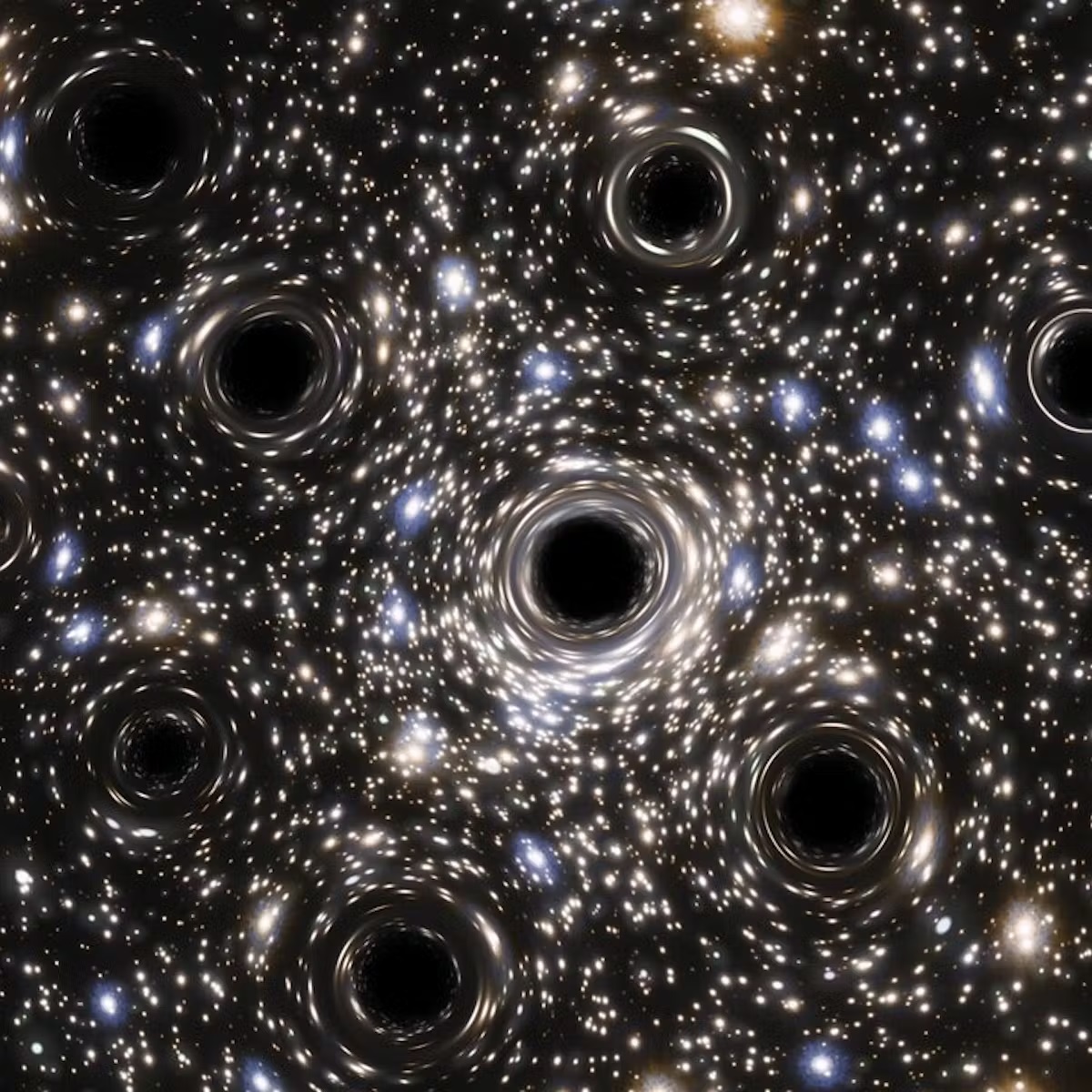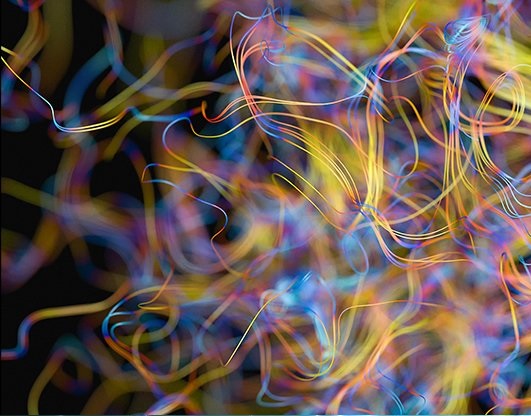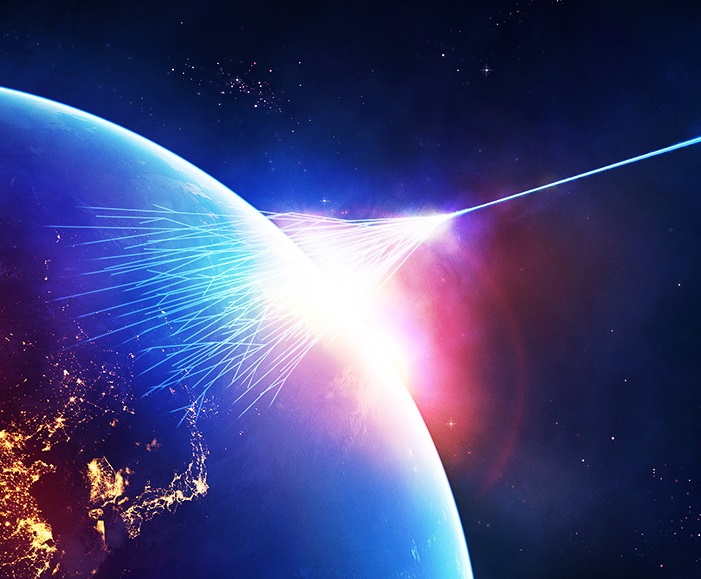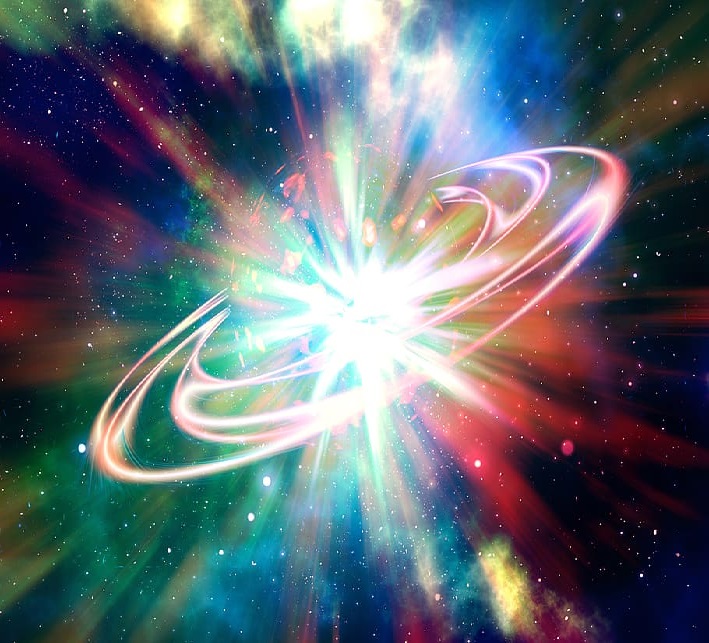Primordial Black Holes
Primordial Black Holes (PBH), just like regular black holes, are objects that formed when the Universe's local energy density was so high that pressure could not compensate for gravitational pull, leading the matter to collapse. Unlike astrophysical black holes that need a dying star to generate such a high density, PBHs form from overdensities naturally present in the primordial plasma shortly after the Big Bang. These black holes may be as heavy as an asteroid or a star and contribute to the dark matter density today, or they may be very light (even lighter than a gram) and evaporate quickly via Hawking radiation. My job is to predict how many were formed in cosmology and to design ways to prove their existence with observations...







